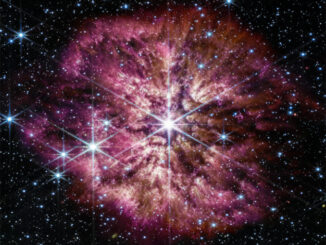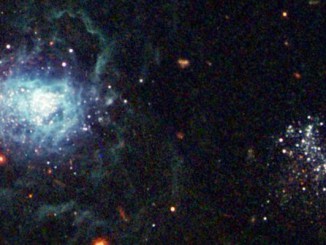
Wolf-Rayet stars

Picture This

News

Picture This

Picture This

News





© 2019 Pole Star Publications Limited